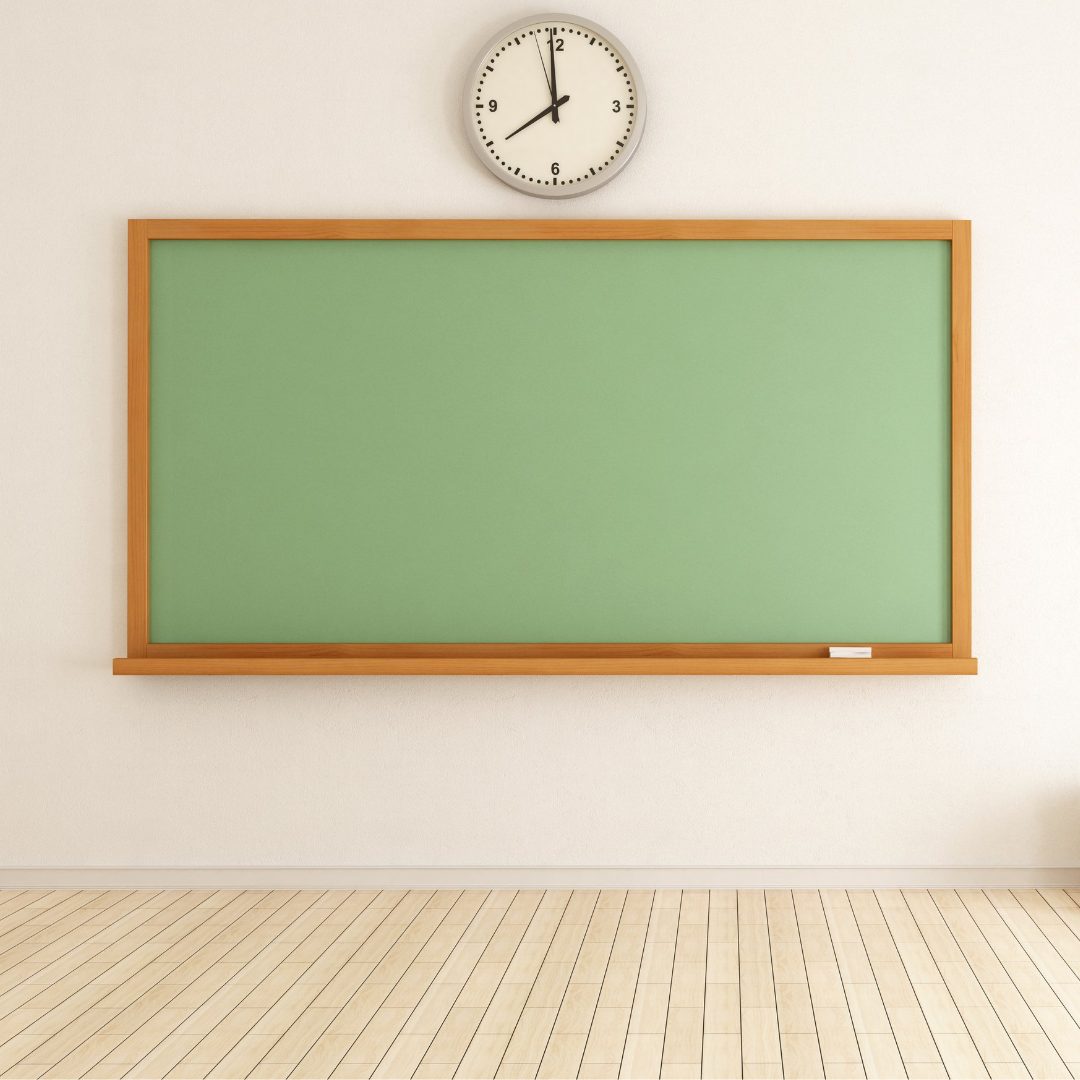A few years ago, I was at a friend’s house hanging out for a much-needed girl’s night. One of the women there started talking about her son’s test anxiety at school. Her son would panic during tests and could not complete the work. When the mother had a meeting with the school to discuss her son’s test anxiety, she was met with an unexpected response.
One of the school staff stated that children don’t have anxiety!
Wow, I felt for this mom. She had painfully endured hearing her son complain of tummy aches at school, freezing and inability to write during tests, and trying to hide tears running down his cheeks, so his friends couldn’t see. And now, it was affecting his grades because he could not show his knowledge. When she finally met with the team, there was misinformation and resistance.
To set the record straight, children DO experience anxiety (and every other emotion that we adults feel!). In fact, the CDC estimates that 7% of children ages 3-17 have been diagnosed with anxiety. Our children are experiencing increasing rates of anxiety, and many of them don’t have any tools to cope with their anxious thoughts and feelings.
If you have a child who experiences anxiety at school, here are 5 tips to help you work with your school to support your child.
1) Start therapy and get a formal diagnosis
If your child is experiencing anxiety that is to a level where it is negatively impacting their functioning at school, it is time to seek professional help. We would recommend scheduling an appointment with a child psychologist or licensed therapist/counselor who specializes in treating childhood anxiety. We recommend cognitive behavioral therapy (CBT) as this is an evidence-based treatment for treating anxiety in children. Click here to learn more about CBT and common childhood anxiety diagnoses/symptoms.
It is important to begin treatment, so that you can get formal documentation of child’s diagnosis to bring to the school. It is also important that your child’s therapist is available to communicate with your child’s school team, so that they can educate the school team and assist with developing a plan at school.
2) Formalize accommodations with an IEP or 504 plan
If your child’s school functioning or grades are being negatively impacted by their anxiety, it is time to create a formal plan at school to document your child’s diagnosis and needed accommodations. In the case of the child with test anxiety, his grades were poor due to his severe test anxiety, so this is definitely a case where formal documentation is warranted. School refusal or school anxiety (often occurring due to separation and social anxieties) situations also warrant a formal plan with the school. Click here to learn more.
Most children who just have an anxiety diagnosis are served through a 504 plan. This means, they can generally do well with just some accommodations at school. However, some children have such significant anxiety that they can’t attend school. They may have additional learning issues that are occurring alongside the anxiety. In this case, an IEP may be needed. We generally look at providing an IEP when a child needs specialized instruction at school to make progress. Click here to learn more about IEPs and 504 plans.

3) Create appropriate accommodations
When you sit down with the team to develop a 504 plan to address the anxiety, make sure to have a professional there who is knowledgeable about your child’s diagnosis. Some team members may also be knowledgeable about child anxiety, including school counselors and psychologists.
In the case of test anxiety, ask about ability to test in an alternative setting (small group or in a smaller classroom). Suggest extended time to complete the test, to eliminate additional anxiety.
If this child has difficulty writing, they might also have the option of providing an oral response as needed. For children with performance anxiety, not having many eyes of their peers on them, can eliminate their fears and worries.
If children have anxiety about speaking in class or giving presentations, you might begin by providing accommodations such as giving the presentation to just a teacher, giving the presentation on video and submitting it to the teacher via email, preparing the child with a question to answer in class in advance (to give time for processing), or not requiring a student to read out loud to the class.
It is important to remember that long-term accommodations to anxiety can become a barrier to treatment and overcoming the anxiety. The goal should be to provide initial accommodations as the child is in therapy. As they begin to make goals to face their fears, then some accommodations should be changed to challenge your child’s fears.
4) Identify interventions
If your child is having anxiety primarily during specific academic tasks, or showing weaknesses in academic tasks, it is critical to request a comprehensive evaluation to ensure that there are no underlying learning disabilities.
If your child is showing learning issues, it is important to include goals and interventions to address their academic skills. When your seeing anxiety at school, consider working with a counselor or psychologist to develop tools for anxiety. Likewise, if your child is having trouble socially or struggles to speak up in class, social skills interventions at school may also be helpful.
5) Communicate, communicate, communicate
Finally, be in close contact with the school as your child is receiving treatment for anxiety. Update your child’s team of changes to their work in therapy or any medical intervention. Your teacher or other staff members can keep an eye out for behaviors or side effects at the school.
Your school team can also be helpful in planning situations that your child might be working towards facing. Suggest presentations in front of just the teacher (in-person) or with the teacher and just a small group of peers.
If your child is struggling with anxiety, make sure to sign up for our FREE Kids Relaxation Guide.
Have a wonderful week!
Lori







+ show Comments
- Hide Comments
add a comment